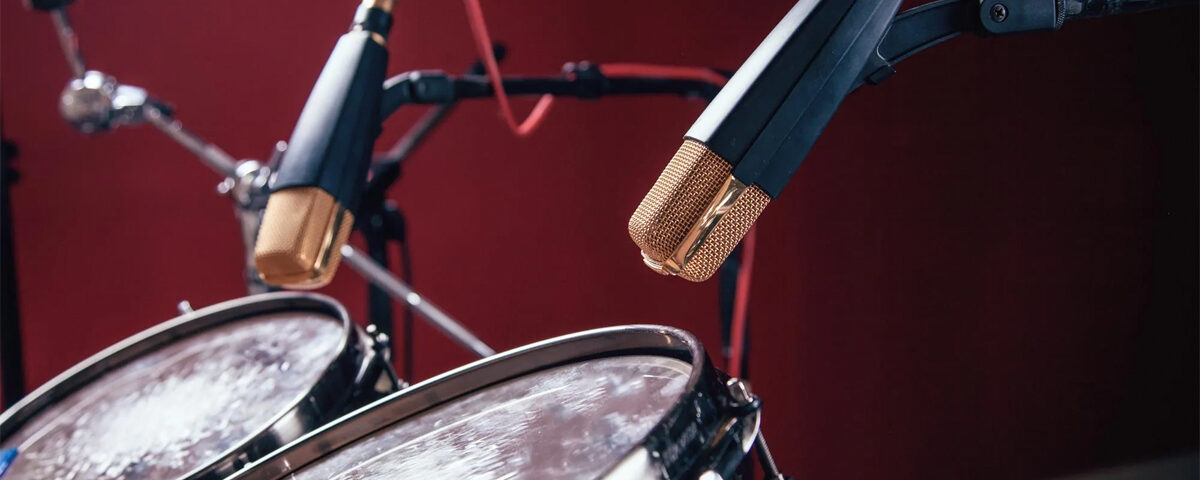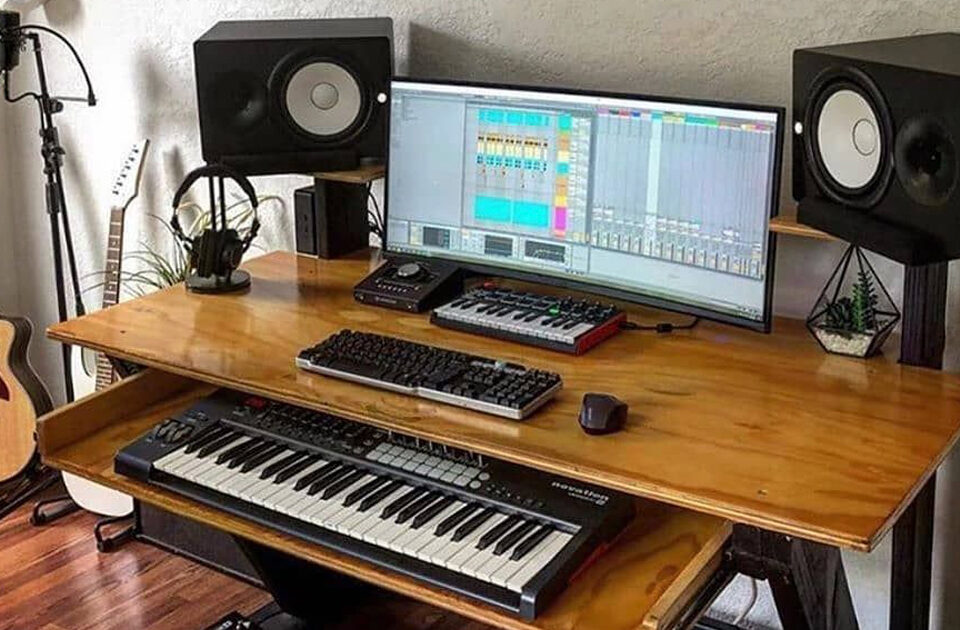Recording Drums – Unleashing the Rhythmic Power
Drums form the backbone of any great music production, providing the driving force and rhythmic foundation that can make or break a song. Capturing the energy and nuances of a drum kit in a recording is an art form in itself, requiring specialized techniques to ensure each drum and cymbal is accurately represented. In this article, we will delve into the world of drum recording techniques, exploring topics such as microphone selection, drum placement, overhead miking, and capturing room ambience.
Microphone Selection
Choosing the right microphones for drum recording is crucial in capturing the true character and tonal quality of each drum. There are several types of microphones commonly used in drum recording, including dynamic microphones and condenser microphones.
Dynamic microphones, such as the industry-standard Shure SM57, are robust and can handle high sound pressure levels, making them ideal for close miking individual drums. These microphones excel at capturing the punch and attack of the drums, particularly the snare and toms.
Condenser microphones, on the other hand, are more sensitive and capture a broader frequency range. They are often used for overhead miking to capture the overall sound of the drum kit and the room ambience. Large-diaphragm condenser microphones, such as the Neumann U87 or AKG C414, are popular choices for overhead miking due to their ability to capture the full spectrum of the drum kit’s sound.
Drum Placement
The placement of microphones in relation to the drums is crucial for achieving a balanced and accurate representation of each drum. Different drums require specific microphone placements to capture their unique sonic characteristics.
Starting with the kick drum, placing a dynamic microphone just outside the drum’s sound hole can capture the low-end thump and attack. Experimenting with the distance and angle of the microphone can help fine-tune the balance between the kick’s low-frequency power and its beater attack.
For snare drums, a dynamic microphone positioned above the rim, pointing towards the center of the drumhead, is a common choice. This placement captures the snare’s crack and sizzle while minimizing bleed from the other drums. A second microphone underneath the snare can capture additional snare rattle and add depth to the overall sound.
Each tom drum can be individually miked using dynamic microphones placed a few inches above the rim, angled towards the center of the drumhead. This setup captures the attack and resonance of each tom, allowing for independent control during the mixing process.
Overhead Miking
Overhead miking plays a crucial role in capturing the stereo image and overall sound of the drum kit. Placing a pair of condenser microphones in an X/Y or spaced pair configuration above the kit provides a balanced representation of the cymbals, snare, and toms.
In an X/Y configuration, two microphones are positioned close together, angled at 90 degrees to create an overlapping stereo image. This technique provides a focused and centered sound, ideal for capturing precise stereo placement of the cymbals and snare.
A spaced pair configuration involves placing two microphones at a distance from each other, typically a few feet apart. This technique captures a wider stereo image, emphasizing the room ambience and the overall kit sound. Experimenting with different microphone distances can alter the stereo width and balance.
Room Ambience
Capturing the natural ambience of the room is often desired to add depth and realism to drum recordings. To achieve this, additional microphones can be strategically placed to pick up the reverberations and reflections within the recording space.
A room microphone placed a few feet away from the drum kit can capture the overall sound of the room and provide a sense of spaciousness. This microphone can
be a condenser or ribbon microphone, depending on the desired tonal characteristics and the acoustics of the room.
Additionally, using a technique called the Glyn Johns method, two overhead microphones and a room microphone are employed to create a three-dimensional and immersive drum sound. The overhead microphones capture the stereo image, while the room microphone picks up the room ambience. This technique requires careful positioning and experimentation to achieve optimal balance and phase coherence.
Summary
Recording drums is an art that requires a delicate balance between capturing the individual characteristics of each drum and cymbal, while also maintaining an overall cohesive sound. The selection of microphones, their placement, overhead miking techniques, and capturing room ambience all play vital roles in achieving a well-rounded and captivating drum sound.
As with any aspect of recording, experimentation and an understanding of the specific sonic goals are key to finding the right techniques for each drum kit and musical style. By harnessing the power of specialized drum recording techniques, engineers and producers can unlock the rhythmic energy and drive that elevate a song to new heights.


